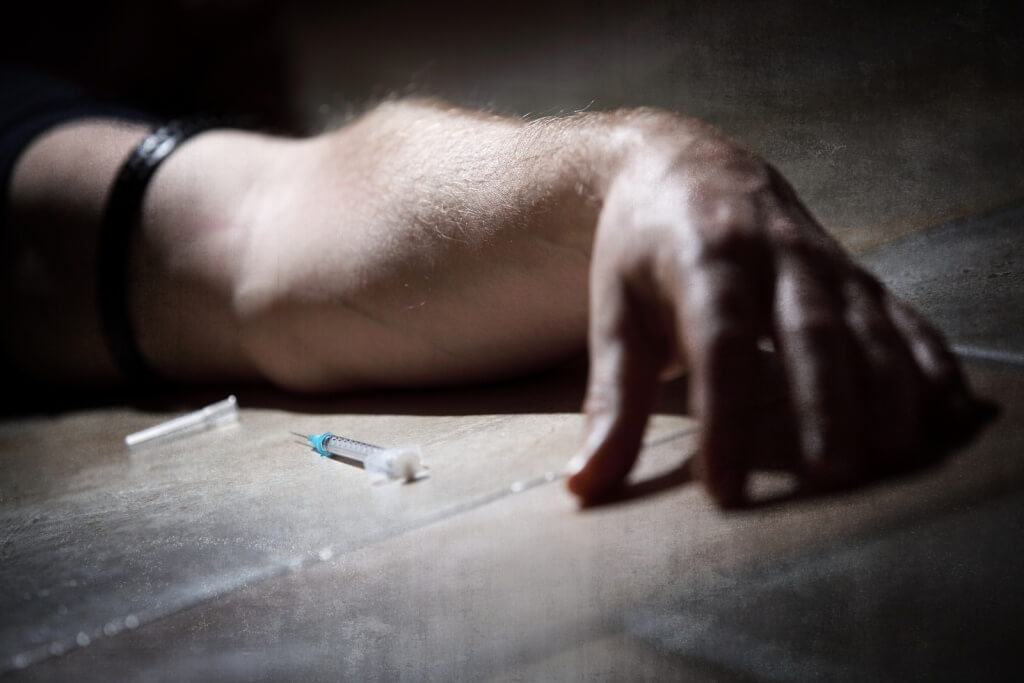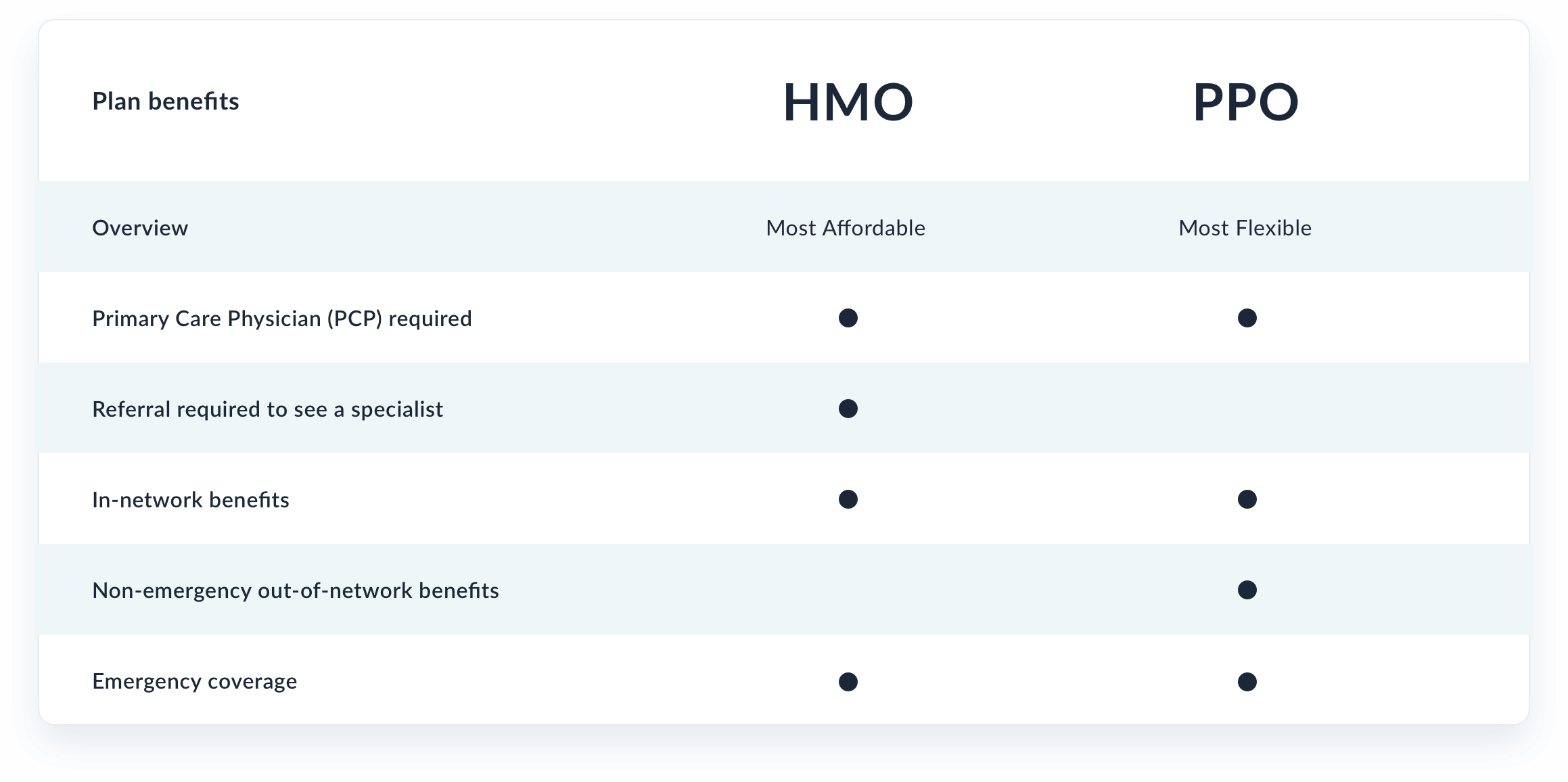For instance, people with alcohol use disorder might receive medications like sedatives (benzodiazepines) or high blood pressure medications to reduce palpitations and blood pressure, or seizure medications to prevent seizures during the detoxing procedure. For numerous compounds of abuse, the detox process is the most tough part of dealing with the physical symptoms of dependency and tends to be short-term, lasting days.
to a few weeks. For example, people who depend on opioids like Percodan( a mix of aspirin and oxycodone hydrochloride )heroin, or Vicodin, Vicodin ES, Anexsia, Lorcet, Lorcet Plus, or Norco( combinations of hydrocodone and acetaminophen) typically benefit from receiving longer-acting, less addictive narcotic-like substances like methadone( Methadose) (why drug addiction is not a disease).

People with alcoholism may try to avoid alcohol consumption by taking disulfiram( Antabuse), which produces queasiness, stomach cramping, and vomiting Drug Abuse Treatment in response to the person consuming alcohol . For people who might have less severe drug use disorder, the signs of psychological addiction might have the ability to be handled in an outpatient treatment program. However, those who have a more severe addiction, have fallen back after participation in outpatient programs, or who likewise struggle with a serious.
mental health condition might need the raised level of structure, support, and keeping an eye on offered in an inpatient drug addiction treatment center, often called "rehabilitation. "Following suchinpatient treatment, numerous people with this level of drug use disorder can take advantage of residing in a sober living neighborhood, that is, a group-home setting where counselors provide continuedsobriety support, structure, and monitoring every day. Particularly, such groups provide an mentally safe place for people with compound usage disorders and their liked ones to share their sensations and experiences, along with take advantage of the experiences of others in their efforts to avoid using drugs. Also essential in the treatment of drug dependence is helping the moms and dads, other household members, and pals of the addicted individual avoid supporting addictive behaviors (codependency ). A focus on the addicted person's function in the family ends up being perhaps a lot more significant when that individual is a kid or teenager, provided that minors come within the context of a family in almost every instance. Drug reliance treatment for children and adolescents is even more different from that in adults by the impact of drugs on the developing brain, in addition to the younger addict's tendency to require help finishing their education and achieving college or task training compared to.
addicts who might have completed those parts of their lives before developing the addiction. More successful are integrated treatment methods that include interventions for both conditions. The inclusion of assessment, extensive case management, inspirational interventions, habits interventions, household treatment, as well as services for real estate, rehab, and medication management improve such interventions. Drug dependency puts its sufferers at risk for potentially ravaging social, occupational, and medical problems. People with drug usage condition are also much less likely to find and keep a task compared to people who are not drug abuser. Children of parents with a substance usage disorder are at greater danger for impaired social, academic, and health performance, in addition to being at higher threat for using drugs themselves. From respiratory arrest related to heroin or sedative overdose to cardiovascular disease or stroke caused by drug or amphetamine intoxication, death is an extremely possible complication of a drug usage disorder. Individuals who depend on drugs are likewise vulnerable to establishing relentless medical conditions. Liver or heart failure and pancreatitis connected with alcoholism and mental retardation related to alcoholism or inhalants are simply 2 such examples. Episodes of remission (abstinence from substance abuse) and relapse define recovery from substance dependence. A variety of various avoidance techniques are reliable in decreasing the risk of substance abuse condition.
Drug Addiction Occurs When - Questions
Way of life modifications, like increased exercise and using other stress- reduction methods, help prevent drug use condition in teens. Programs that are more official are also practical. Designing research-based prevention programs to fulfill the specific requirements of children by age and particular community strengths and obstacles contributes to the success of those programs. The occurrence of easier access to innovation led to the advancement of computer-based prevention programs. Such programs are really promising in how they compare to more traditional avoidance programs, along with the number of more people can be reached through innovation. kidsagainstdrugs.com Moms Against Dui: 800-GET-MADDNarconon: http://www. narconon.org/Narcotics Anonymous: http://www. na.org National Clearinghouse for Alcohol Addiction and Drug Information: 800-729-6686National Cocaine Hotline: 800-COCAINE (262-2463) National Council http://milousfb946.image-perth.org/all-about-would-most-quickly-result-in-dependence-or-addiction-would-be on Alcohol Addiction and Substance Abuse: 800-NCA-CALLNational Drug Info Treatment and Recommendation Hotline: 800-662-HELP (4357) National Institute on Alcohol Abuse and Alcohol Addiction: Drug and Alcohol Treatment Center 301-443-3860National Institute on Drug Abuse: http://www. nida.nih. gov National Resource Center: 866-870-4979 Recommendations American Psychiatric Association - how to treat drug addiction. Washington, D.C.: American Psychiatric Association,.
2000. American Psychiatric Association. Diagnostic and Statistical Handbook of Psychological Disorders, Fifth Edition. Arlington, Virginia: American Psychiatric Association, 2013. American Psychiatric Association. Treatment of Patients with Substance Usage Disorders, Second Edition. Arlington, Virginia: American Psychiatric Association, 2006. Brown, T.T. and A.S. Dobs." Endocrine effects of cannabis." Journal of Medical Pharmacology 42( 2002): 90S-96S. Chermack, S.T., R.L. Walton, B.A. Cubicle, J. Wryobeck, and F.C. Blow." Partner Hostility Amongst People in Compound Use Disorder Treatment: Correlates of Mental and Physical Aggressiveness and Injury. "Drug and Alcohol Dependence 98. 1-2 Nov. 2008: 35-44. Compton, W.M., Y.F. Thomas, F.S. Stinson, and B.F. Grant." Occurrence, Correlates, Impairment and Comorbidity of DSM-IV Drug Abuse and Dependence in the United States." Archives of General Psychiatry 64. Drake, R.E., and K.T. Mueser." Psychosocial Approaches to Double Diagnosis." Schizophrenia Publication 26. 1( 2000): 105-118. Drake, R.E., and M.A. Wallach." Dual Medical Diagnosis: 15 Years of Development." Psychiatric Solutions 51 Sept. 2000: 1126-1129. Ducci, F., M.A. Enoch, Q. Yuan, P.H. Shen, et al. "HTR3B Is Associated With Alcoholism With Antisocial Habits and Alpha EEG-Power-- An Intermediate Phenotype for Alcohol Addiction and Co-Morbid Behaviors. "Alcohol 43. 2009: 73-84. Etheridge, R.M., J.C. Smith, J.L. Rounds-Bryant, and R.L. Hubbard." Drug Abuse Treatment and Comprehensive Solutions for Teenagers. "Journal of Teenager Research Study 16( 2001): 563-589. Farrell, H.M. "Batterers: a review of violence and danger assessment tools." Journal of the American.
Academy of Psychiatry and the Law 39. 4 Dec. Farrer, S." School-Based Program Promotes Favorable Behavior, Decreases Threat Factors for Substance Abuse, Other Problems." National Institute of Drug Abuse 18. 6 (2004 ). Fillmore, M.T." Substance Abuse as an Issue of Impaired Control: Existing Techniques and Findings. "Behavioral Cognitive Neuroscience Evaluation 2 (2003): 179. Flensborg-Madsen, T., J. Knop, E.L. Mortensen, et al. 5 (2007): 442-447. Friedman, R.A. "The Altering Face of Teenage Drug Abuse-- The Trend Towards Prescription Drugs." New England Journal of Medicine 354. 14 Apr. 2006: 1448-1450. Henkel, D." Unemployment and compound usage: an evaluation of the literature (1990-2010)." Present Drug Abuse Review 4. 1 Mar. 2011: 4-27. Keena, J., P. Rowsec, and N. Mathers. "Keeping families of heroin addicts together: results of 13 months 'intake for community cleansing and rehabilitation at a household centre for drug users.
" Family medicine 17. 6( 20000): 484-489. Korhonen, T., U.M. Kujala, R.J. Rose, and J. Kaprio." Exercise in Adolescence as a Predictor of Alcohol and Illicit Substance Abuse in Early The Adult Years: A Longitudinal Population-Based Twin Research Study." Twin Research in Human Genes 12.
